CONSERVATION CORNER
A weekly blog for all things conservation
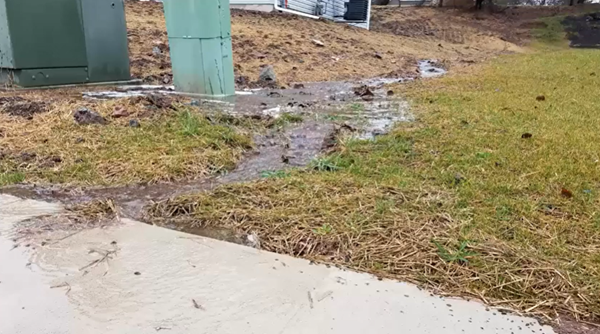 By: Heather McKean; former Penn State Extension educator Have you ever discussed stormwater with your neighbor or wondered how to be a better stormwater neighbor? Neighbor disputes over stormwater are very common. Water does not follow property boundaries and there are often instances where water flows from one property onto another and causes damage. It is important to realize that activities on your own property can adversely affect your neighbor's property.
0 Comments
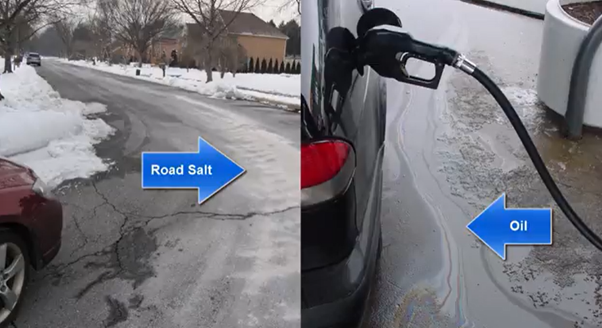 By: Andy Yencha; Penn State Extension Stormwater harms local creeks, rivers, and lakes in two major ways. It causes physical damage like flooding, streambank erosion and loss of fish habitat when too much water drains into a creek or river too quickly; and it causes water pollution because stormwater often contains harmful materials picked up when it washed across the land. These pollutants can be grouped into five broad categories. By: Jennifer R Fetter; Penn State Extension
Floods are a nuisance. Whether in the streets, parking lots, or your own front yard – they are no fun. Have you ever wondered why your community floods more now than it used to? Beyond being a nuisance, floods have a significant impact in our communities. Floods cause loss of life as well as damage to buildings and other structures. In 2017 alone, Pennsylvanians suffered nearly $7 million worth of property damage and two people lost their lives as a result of flooding.1 What exactly happens during a rain storm that would lead to a flood? It starts with understanding what options rain water has when it hits the ground. In a forest, up to fifteen inches of rain per hour can be absorbed into the soils – becoming groundwater that fills our aquifers and also provides water for trees and other plants to grow. In our developed communities, most of that rain water becomes runoff instead. There are very few places left for water to soak into the ground, so it rolls downhill off of our rooftops, over streets and sidewalks, until it reaches a low point like a stream or river. 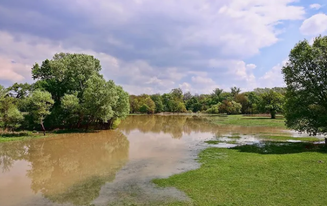 By: Susan Boser; Penn State Extension In Pennsylvania, we get an average of 41 inches of precipitation each year. When it rains or the snow melts, where does this water go? In more natural areas, water is quickly able to infiltrate into the ground. A forested area allows for about 18 inches per hour of infiltration, where an average lawn allows for about 2 inches per hour. Impervious surfaces like pavement and rooftops, offer no infiltration at all. All of the water that doesn't infiltrate flows over the ground, over roofs and through gutters on buildings, into storm drains, and into the nearest waterway –our lakes, rivers, and streams. This is stormwater. 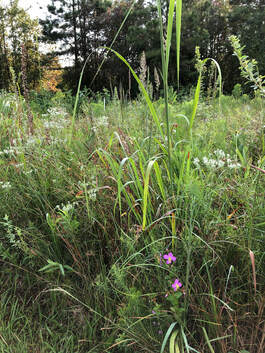 By: Kevin Brown, Agricultural Team Leader Are you one of those homeowners that have very difficult areas to mow? A bank? A ditch? A wet area? Around trees and obstacles in the lawn? Have you evaluated all the alternatives (not that there are really that many) to deal with this? We could still find a way to get it mowed. This alternative keeps it looking good, but it takes some effort. We could just let it go, and who wants to do that? It looks ugly (to us), right? Or we could just spray it and kill what is there. That sounds like the easiest way to deal with it. No hard work. You only have to do it once (probably). However, do you understand all the ramifications with this option? I am not going to get into the debate of whether sprays are harmful to the environment or not. That is for another time. What I do want to do is give you some cold hard facts about some of the results of doing this. By: Joe Quatrini; Technical Team Leader; BCCD Have you ever seen something that was different than what you’re used to and thought “Hmm, that’s different it must be BAD!” Maybe you’re not even sure what you’re looking at but you decide you should hate it, just because it’s a change or you don’t understand it. Unfortunately, it’s almost what our brains are trained to do these days, especially in today’s society. We see something and judge it before we even try to figure out what it is. We often see this when it comes to projects we’re part of. 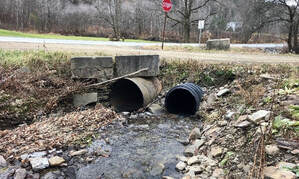 Inlet: Example of a poorly constructed stream crossing: multiple pipes and much too narrow for the stream width. Inlet: Example of a poorly constructed stream crossing: multiple pipes and much too narrow for the stream width. Take for example one initiative we are working on to help our municipalities and private landowners reduce flooding and prevent costly damage when storms hit. This initiative has to do with making stream crossings bigger. “What’s a stream crossing?” you ask. Great question and thanks for asking! A stream crossing is where a road (or a driveway) and a stream (creek, brook, run, river, etc.) intersect or cross one another. If you drive on a road and look out the window and see a stream coming right at the road and you don’t get wet, that probably means that stream is flowing through some type of pipe or bridge under the road. Obvious, right? 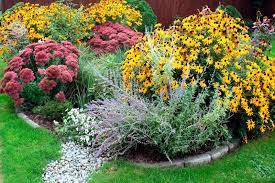 Kevin Brown, BCCD, Ag Team Leader I will call it this for lack of a better term right now. The Conservation District will hold a meeting this Saturday, the 14th, to talk about a number of outdoor, around-the-house topics. We get a lot of interest in our No-Till Garden information when we present it. This will be the first topic on the agenda. I will confess that I am no gardener. In fact, I used to hate gardening. However, I have found a new way- Mulch, Plant, Harvest, Repeat. Even I can do that little. I don’t have to till, and even better, I don’t have to weed or water it. I can enjoy my summer instead of chasing the garden chores the whole time. By: Kristin Pepper, Dirt & Gravel Road Specialist, BCCD
Bradford County Conservation District (BCCD) participates in the state-wide Dirt, Gravel, and Low Volume Road Program (DGLVR) which provides funding for environmental improvements and reduced long-term maintenance of our network of dirt and gravel roads. Since its formation in 1997, the program has helped Bradford County municipalities improve approximately 73 miles of dirt and gravel roads. Each year BCCD recognizes a handful of those municipalities that stand out above the rest in various categories. This year’s Outstanding Project of the Year, also known as Golden Shovel Award, goes to (drum roll, please…) Warren Township for an exceptional overall project on Reagan Hill Road! The road crew, office staff, and supervisors all have a can-do attitude, are easy to work with, work quickly and consistently, and take great pride in their work! The project was 2,800 feet in length and consisted of adding six cross pipes to reduce the volume of water in ditches which in turn reduces erosion and sediment reaching the stream; replacing one cross pipe, adding an access pipe; added approximately 3,400 tons of road fill to promote sheet flow and gain road width; installed 700’ of drain tile to maintain a dry road surface and prevent pot-holing; installed head walls and end walls on each pipe along with rock inlet and outlet protection to reduce erosion; crowned the road surface to keep water from concentrating on the road; created stable vegetated ditches to reduce scour and filter sediments and nutrients; installed 2,200 feet of Flexamat; replaced two undersized stream crossings; and worked with landowners to accomplish this project. By installing all the above-mentioned practices, road maintenance is greatly reduced, the road is more easily traveled by vehicles, and it’s better for the environment. Thanks to Warren Township for all their hard work and dedication to their roads and all they do to improve the DGLVR Program, the environment, and the community. 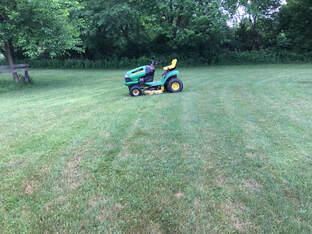 By: Kevin Brown, Agricultural Resource Specialist We all know people who strive to have the best lawn in the neighborhood. If that is you, I am going to give you all the secrets you need to get you there. First off, have you ever thought, “what makes it the best lawn in the neighborhood”? Is it look? Is it because it is level and you can use it for many different things? Is it because it allows water to infiltrate into the ground which not only replaces the groundwater that you use for drinking and bathing, but also reduces flooding downstream? Is it the best based on functionality? I am not talking about what you can use it for. I am talking about how many life functions are going on in the lawn. What? What are you talking about? You have lost your mind? Stay with me a minute longer because I am first going to tell you that if you are one of the quintessential “best lawn in the neighborhood” people, you are probably doing just about everything wrong for the environment that you could do. Ouch, that hurt. Let me explain. By: Ad Crable, Staff Writer, Chesapeake Bay Journal
The Susquehanna River has the most flood prone basin east of the Mississippi. And Binghamton, NY, located entirely in a floodplain at the confluence of the Susquehanna and Chenango rivers and downhill of steep, flash-flooding watersheds, might be its most pummeled victim. But now, after the twin punches of an all-time record flood in 2006 followed by an even more devastating 500-year flood only five years later, officials have decided to quit fighting its rivers and instead rebuild to roll with the punches. |
AuthorsVarious staff at the Bradford County Conservation District Archives
April 2024
Categories
All
|
